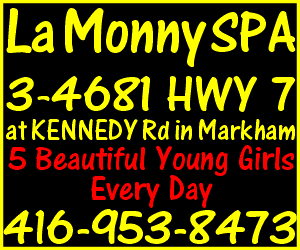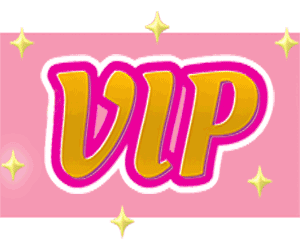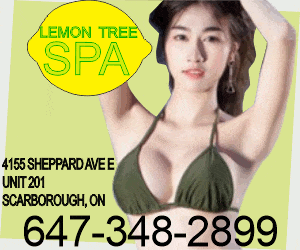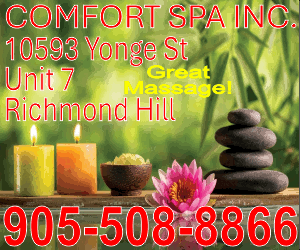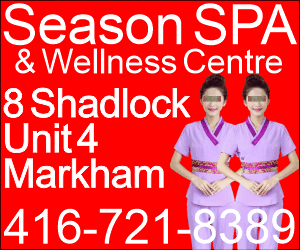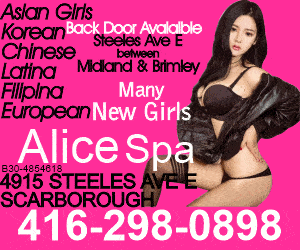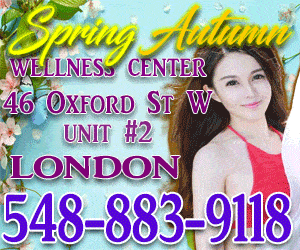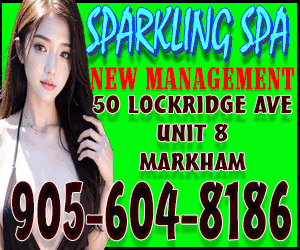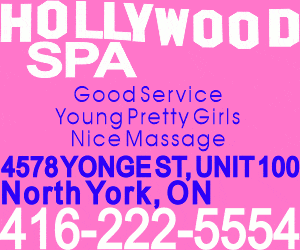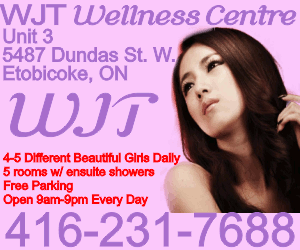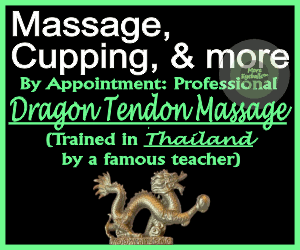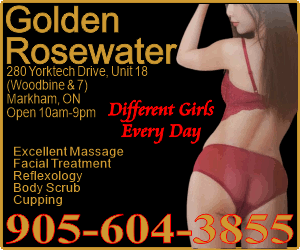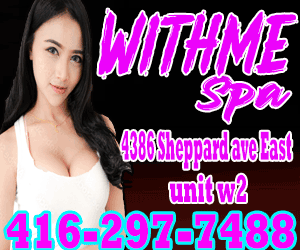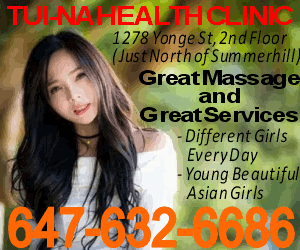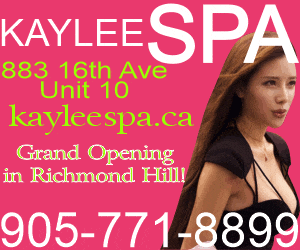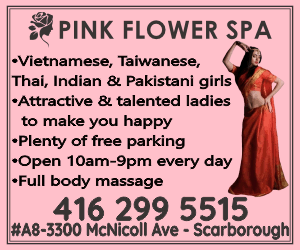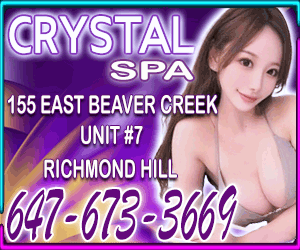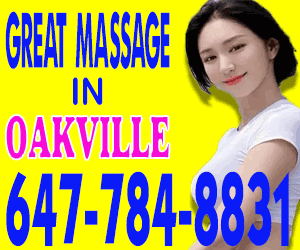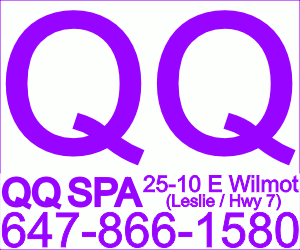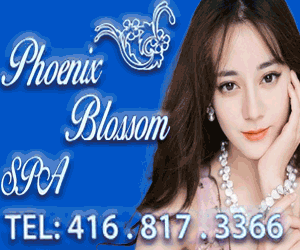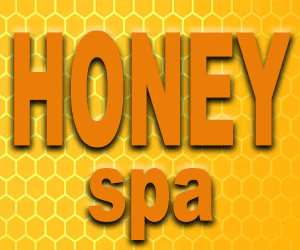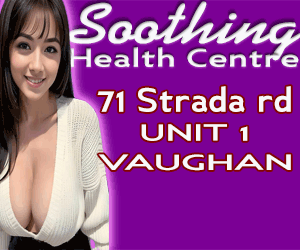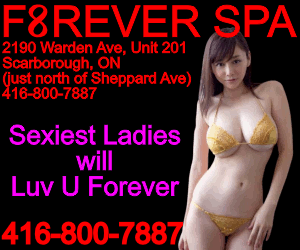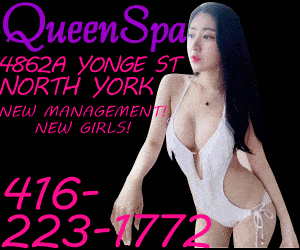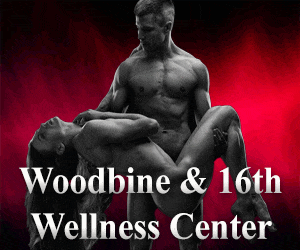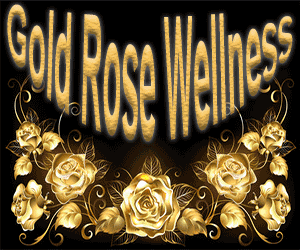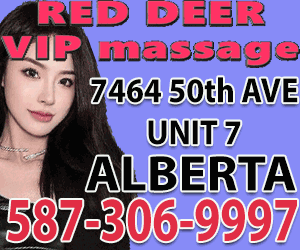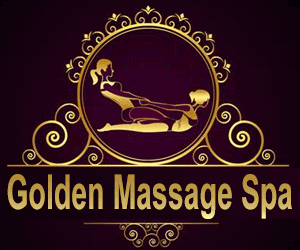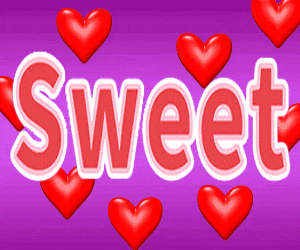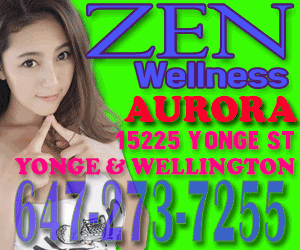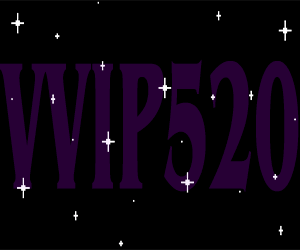
"The term 'Chinese massage' is a misnomer because there's no such thing called that in traditional Chinese medicine, and it's not really a 'massage' in the purest sense either," says Eastern medicine expert Daniel Hsu, DAOM, L.Ac. "What it really is, is Tui na or 'push-and-pull.'"
And as Hsu notes, it is more accurately described as therapeutic Asian body work, and it involves twisting, pulling, turning, pushing, kneading. ("It's not just about relaxing the muscles or relaxing someone from stress," he says.)
As it falls under the umbrella of traditional Chinese medicine, of which acupuncture or herbology are other modalities, it uses a lot of the same principles. "There's a wide range of knowledge base that falls under TCM, and all these different techniques are how you heal the body." Today, it's pretty widely accepted as an alternative or complementary treatment to a variety of ailments.
Tui na follows acupressure points, which are the same as acupuncture points. The points are targets along the body that are around clusters of nerve endings, mast cells, lymphatics, and capillaries, all capable of triggering biochemical and physiological changes in the body. (You've likely heard chi referenced with these. It's roughly translated to "energy," but in modern practice it's a metaphor for these metabolic functions.)
"When you work these points, be it with acupressure or acupuncture, two main things happen," says Hsu. "You are creating endogenous opiate release, so you are making your body release its own naturally occurring and created 'feel-good' chemicals, like serotonin, dopamine, and opiates. And the second is down-modulation of sympathetic upregulation, which basically just means you are turning down your fight-or-flight response."
Let's block ads! (Why?)

























